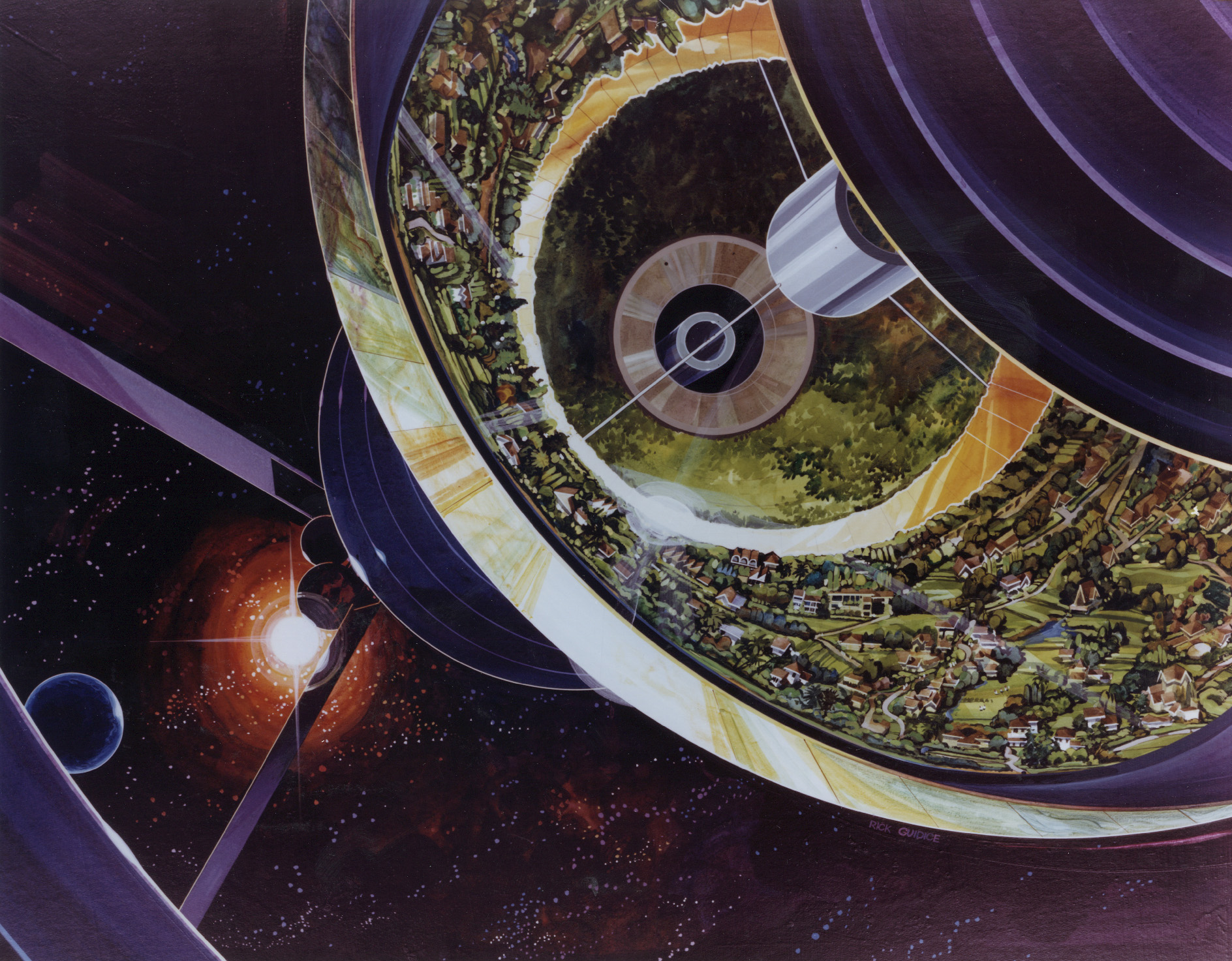
NASA and space settlement advocates are justifiably excited about resources on the Moon, especially water ice known to be present in permanently shadowed regions (PSR) at the lunar poles, because of it’s potential as a source of oxygen and fuel that could be sourced in situ saving the costs of transporting these valuable commodities from Earth. But how much ice is actually available, accessible and can be processed into useable commodities? In other words, in terms defined by the U.S. Geological survey, what are the proven reserves? A reserve is a subset of a resource that can be economically and legally extracted.
By way of background, under NASA’s Moon to Mars (M2M) Architecture where the agency is defining a roadmap for return to the Moon and then on to the Red Planet, an Architecture Definition Document (ADD) with the aim of creating an interoperable global lunar utilization infrastructure was released last year. The goals articulated in the document are to enable the U.S. industry and international partners to maintain continuous robotic and human presence on the lunar surface for a robust lunar economy without NASA as the sole user, while accomplishing science objectives and testing technology that will be needed for operations on Mars.
Of the nine Lunar Infrastructure (LI) goals in the ADD, LI-7 addresses the need to demonstrate in situ resource utilization (ISRU) through delivery of an experiment to the lunar South Pole, the objective of which would be demonstrating industrial scale ISRU capabilities in support of a continuous human lunar presence and a robust lunar economy. LI-8 aims to demonstrate a) the capability to transfer propellant from one spacecraft to another in space; b) the capability to store propellant for extended durations in space and c) the capability to store propellant on the lunar surface for extended durations – defining the objective to validate technologies supporting cislunar orbital/surface depots, construction and manufacturing maximizing the use of in-situ resources, and support systems needed for continuous human/robotic presence.
To accomplish these goals NASA initiated a series of Lunar Surface Science Workshops starting in 2020. The results of workshops 17 and 18 held in 2022 were summarized last January in a paper by Neal et al. in Acta Astronautica and discussed recently at a Future In-Space Operations (FISO) Telecon on 2/14/2024 in a presentation by Lunar Surface Innovation Consortium (LSIC) members Karl Hibbitts, Michael Nord, Jodi Berdis and Michael Miller. These efforts identified a conundrum: there is not enough data to establish how much proven reserves of lunar water ice are available to inform economically viable plans for ISRU on the Moon. Thus, a resource prospecting campaign is needed to address this problem. International cooperation on such an initiative, perhaps in the context of the Artemis Accords, makes sense to share costs while enabling the signatories of the Accords (39 as of this post) to realize economic benefits from commerce in a developing cislunar economy.
The campaign concept proposes a 3-tiered approach. First, confirming ice is present in the PSRs near potential Artemis landing sites – this could be done by low altitude orbital reconnaissance using neutron spectroscopy, radar and other techniques. Next, surface rovers already on the drawing board such as the Volatiles Investigating Polar Exploration Rover (VIPER), would be deployed to locate specific reserves.
Finally, detailed characterization of the reserve using rovers leveraging capabilities learned from VIPER and optimized for reconnaissance in the PSRs. Some technological improvements would be needed in this final phase to address power and long duration roving under the expected extreme conditions. Nuclear power sources and wireless power beaming from solar arrays on the crater rims, both requiring further development, could solve these challenges. This technology will be directly transferrable to equipment needed for excavation, which will face the same power and reliability hurdles in the ultra cold darkness of the PSRs.
As mentioned in the FISO presentation and pointed out by Kevin Cannon in a previous post by SSP, how water ice is distributed in lunar regolith “endmembers” is a big unknown and could be quite varied. Characterization during this last phase is paramount before equipment can be designed and optimized for economic extraction.

The authors of the paper acknowledge that coordinating an international effort will be difficult but involving all stakeholders will foster cooperation and shape positive legal policy within the framework of the Artemis Accords to comply with the Outer Space Treaty.
From the conclusion of the paper:
“If the reserve potential is proven, the benefits to society on Earth would be immense, initially realized through job growth in new space industries, but new technologies developed for sending humans offworld and commodities made from lunar resources could have untold important benefits for society back here.”
George Sowers, whose research was referenced in the paper and covered by SSP, believes that “Water truly is the oil of space” that will kickstart a cislunar economy. Once reserves of lunar water ice are proven to exist through a prospecting campaign and infrastructure is placed to enable economically feasible mining and processing for use as rocket fuel and oxygen for life support systems, technology improvements and automation will reduce costs. If it can be made competitive with supply chains from Earth lunar water will be the liquid gold that opens the high frontier.

